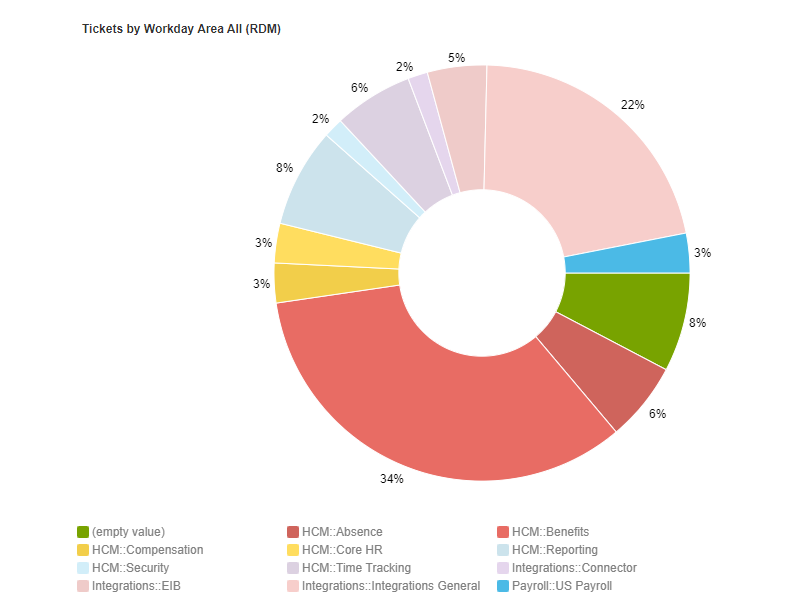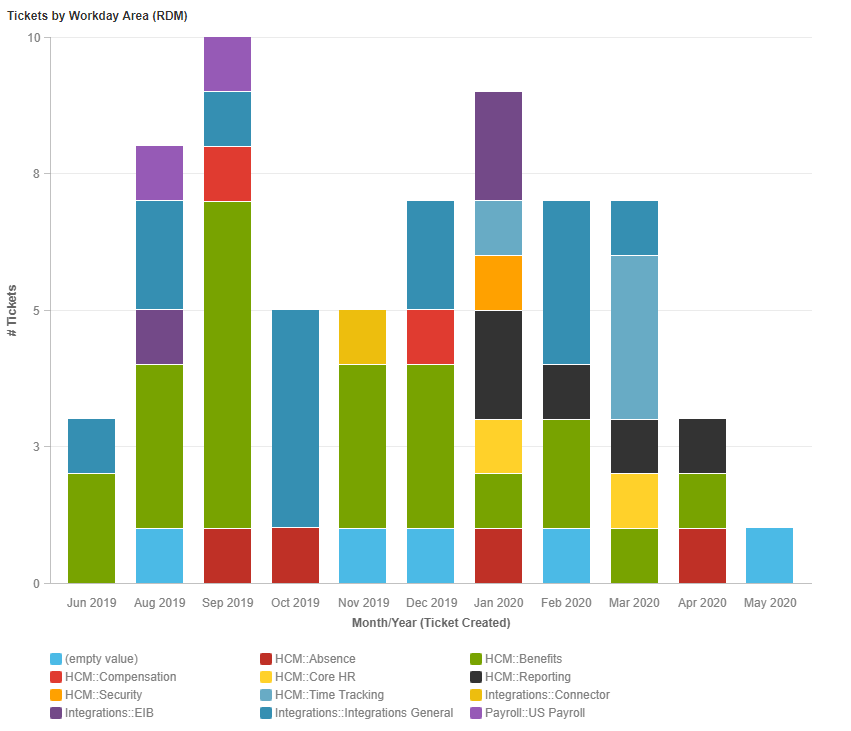Workday® Roadmapping: Adding Direction to Uncertainty

Life in Workday will always have a reactionary element, there is no way around it. There will be bugs and configuration errors, broken processes, ‘urgent’ requests, or the ever-so-common executive team process revamp request. It does not have to be that way.
There is and can be an element of proactive planning, laying out upcoming activities and enhancements and allowing some control and direction within the system by roadmapping. Workday is a big, shinny, expensive system – we all want stakeholders and end users to be ‘wowed’ by the full potential of the functionality (and approving of the purchase). A roadmap is a valuable tool to providing some direction in a reactionary environment, putting logic behind optimizing an ever-expanding system, and anticipating how to leverage internal and external resources properly…but, how?
The best way to conceptualize the roadmapping process is by looking at the end goal, the final deliverable. A proper roadmap will outline activities to complete in the next 6 – 18 months—anything less than 6 months will not give a large enough picture, and anything beyond 18 months could become victim to the ever changing economic and business landscape. A roadmap will include a general timeline, in weeks or months, of when activities will begin and how long they will take. The timeline should stay high-level, as to not be bound by specific dates; however, larger-scale projects should be broken out into specific project plans as the planning phase approaches. Lastly, the roadmap should outline quantitative effort and resource allocation (both internal and external). A roadmap should never be viewed as and/or designed as a static document, because it is a dynamic, living document that should be reviewed frequently and used as guidance for upcoming quarters.
A roadmap can take the form of something home-grown, specific to everything necessary for the planning process (template below):

Alternatively, since it is a Workday roadmap, Adoption Planning within Workday can be used to track all elements of your roadmap (resources, timelines, costs, etc.) – yes, using Workday to plan for Workday. Special note: Adoption planning is available at no extra cost in the HCM module.
So, where to begin? Anyone supporting an organization can attest that there is a cyclical nature to some of the more visible, required activities. Every year will have another open enrollment, merit cycle, performance cycle (sometimes more than once a year) – start there by mapping out when these activities will take place. Take it one step further and use this review as an opportunity to consider what changes you might want to (additional populations) or might have to (benefit carriers) make and consider how that will impact your timeline. Do not forget about the Workday releases either. This simple task will give a clear outline of what is required and where there may be some freedom for enhancement.
The roadmapping process cannot be done in a silo. A good roadmap needs input from employees, managers, and stakeholders/executives for new requirements or ‘nice-to-have’ features. These conversations and community input are a fantastic opportunity to identify areas to drive more community engagement, improve user adoption, develop analytics and system reporting, as well as ease the HR burden through manager self-service or integration development. Consider a series of small meetings with the internal team, gather a focus group of different populations, and/or engage a consulting partner to look at the system holistically to identify large gaps. These meetings will form a starting point for any enhancements to consider for the roadmap. As mentioned above, remember the Workday releases—this can be a time to review past releases and features that might not have been adopted. However, for any roadmap to be a successful tool, there needs to be an analysis of what work can be taken on.
Once the ‘need to’ activities and the organizational wish list(s) have been determined, it is important to complete an analysis of internal/external capacity. First, how many projects are currently in progress? Are internal resources and outside consultants able to take on more work? When will the projects end? Next, take a look at how much capacity is being dedicated to break-fix and on what modules – in an ideal world, break-fix should decline as the system becomes more stable, which is true and should be factored in, but systems will always break and that needs to be accounted for. Example charts below can give solid guidance into what areas are being focused on and when:


Lastly, understand how much budget can be used for consultants as opposed to thinning out the internal team across multiple initiatives. Understanding budget allocation requires gathering high-level estimates, which may require engaging a consulting partner or leveraging the Workday ecosystem.
Once a clear analysis of capacity has been completed, it is almost time to assemble your final roadmap, but not before a few more considerations. It is important to understand macro-level company or industry initiatives as there may be a non-Workday priority that will absorb the team’s bandwidth. Back on the Workday front, put some thought into the logical order of feature implementation—it would not be wise to revamp recruiting before updating staffing models. Lastly, consider the ebbs and flows of consulting partners—can that benefit integration be built now instead of waiting for the busy open enrollment season? With the internal and system research completed, the effort and allocations considered, and overall analysis finished, the roadmap is ready to be formed.
While it might sound simple and maybe even unnecessary, a roadmap provides a plan in a vast, evolving environment. It helps engage the organization and partners to transform Workday into the powerful organizational tool it was intended to be. Our current global environment presents a unique opportunity to consider a roadmap. We are in a time of uncertainty where budgets are tight, but results are expected. An outline and clear plan can ease some worry and allow for the most efficient use of time and effective use of dollars.




